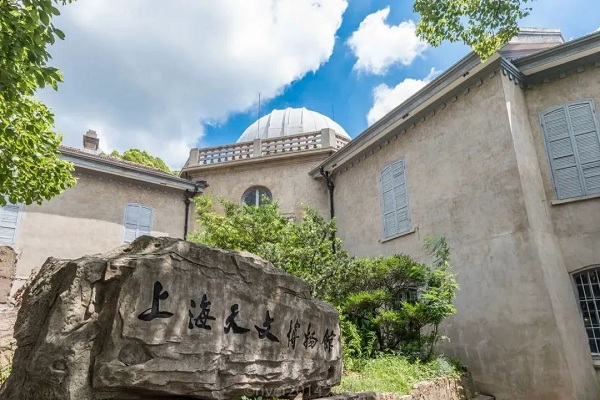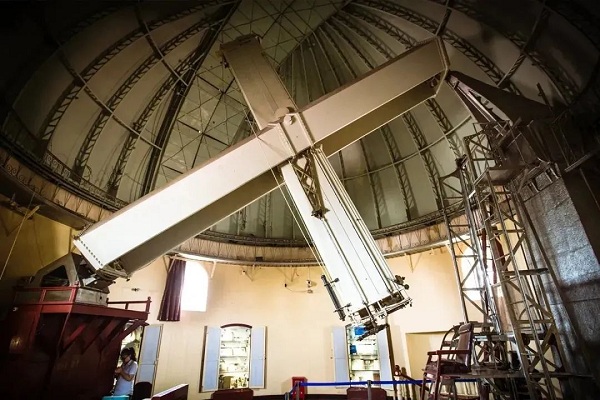Visitors can embark on a journey into the past and uncover some of the fascinating history of East China's Shanghai, where the saying goes, "First there was Songjiang prefecture, then there was Shanghai city."
At the heart of this historical tale is Songjiang prefecture – the ancient name of Songjiang district – often hailed as the "Root of Shanghai", with a remarkable history spanning over 1,000 years.
Within the Shanghai Sheshan National Tourist Resort in the district are a treasure trove of diverse buildings and structures that reveal the evolution of Songjiang – providing a glimpse into the broader history of Shanghai's urban development.
One standout destination in the resort is the Sheshan Observatory – a distinctive white building with a strong French architectural influence that was completed with an imposing dome.
Dating back to the 25th year of the Qing Dynasty's Guangxu reign (1899), the Sheshan Observatory was founded by French missionaries. Today, it stands as a national cultural heritage site and houses the Shanghai Astronomy Museum, serving as a hub for both scientific education and historical exploration.

A quaint exterior view of the Shanghai Astronomy Museum. [Photo/WeChat account: sheshanlvyoutopnews]
At the heart of the observatory's collection is China's earliest large astronomical telescope, a 40-centimeter double-tube refracting telescope acquired from Paris in 1898.

The giant telescope swings into action at the Sheshan Observatory. [Photo/WeChat account: sheshanlvyoutopnews]
This telescope was a pioneering achievement, being the largest of its kind in Asia during that era. Under its spherical roof, the telescope allowed for celestial observations, with the skylight opening and the observation seat rotating on a track.
Throughout its long history, the Sheshan Observatory has made significant contributions to astronomical research. In 1907, it captured China's earliest solar eclipse photo and observed the return of Halley's Comet in both 1910 and 1986.
Over the past century, the observatory has amassed a collection of over 7,000 precious astronomical photos, leaving a lasting legacy of scientific achievements.
Visitors to the Shanghai Astronomy Museum can explore various exhibition areas. What's more, the surrounding park features Shanghai's natural highest point – the Peak of Sheshan, standing at an elevation of 100.83 meters – and a monument commemorating the three international longitude measurements, conducted from 1926 to 1957.


